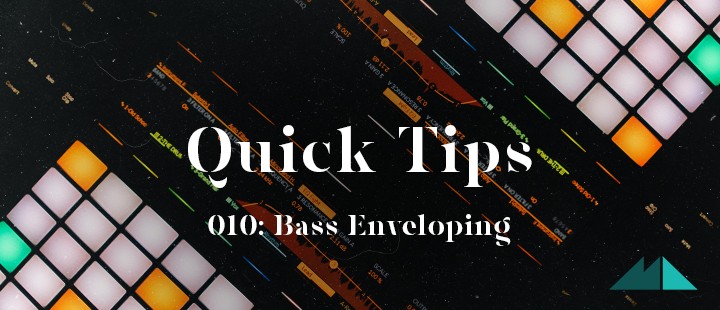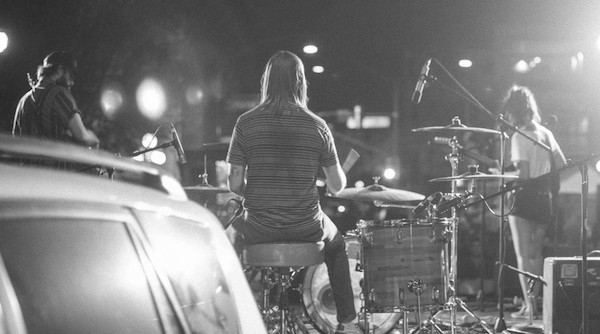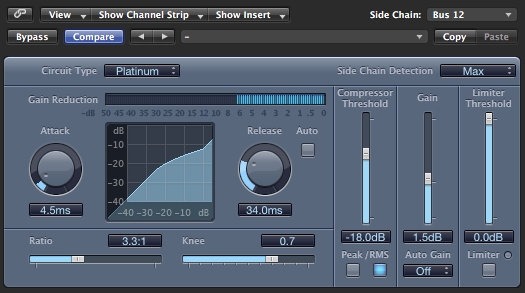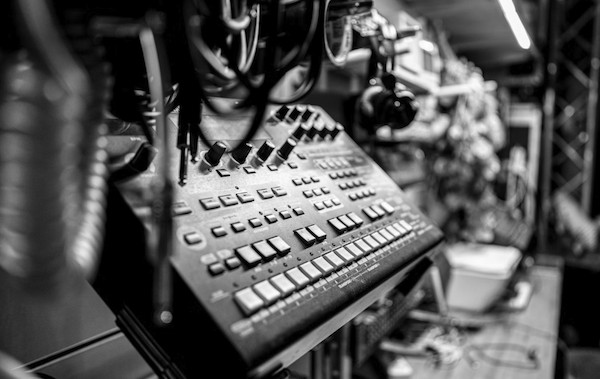
Welcome back to my music production Quick Tips series! Today I want to introduce you to a fantastically simple but effective technique for getting your kicks and bass notes to sit together better in your mix. It involves an ADSR envelope, a feather duster and a pair of rubber gloves (only one of these is true), so let's dig in and get tidying!

Stuck in the Mud
Bass and drums are coupled together across the genre spectrum, from Dance to Hip Hop, Rock, Jazz and far beyond. You'll find bass notes and kicks moving together (referred to as 'rhythmic unison' in music theory) in a great many tunes but as both tend to occupy the bass and sub bass spectral region, it can be very tricky to get the two to play ball together in the mix.
Working with nice, full kick drums and a warm, deep bass is great and often what you're after when producing Dance, Hip Hop, Trap and so on. Simply slamming these two elements together in a mix however, often produces a lumpy, inflated low-end, lacking in clarity and just sounding a bit messy. Of course, you could always just filter or EQ out the lower end in one to the benefit of the other but then this dramatically alters the sonic quality of the part you are processing, and our aim here is to keep both parts sounding as good as possible.

A common solution to this problem is to apply sidechain compression to the bass, using the kick's signal to duck the bass part's volume every time a kick appears in the track. Whilst this is an incredibly useful technique and one that is often used in Dance music for its particular pumping effect, it is not a 'one size fits all' solution and comes with its own intricacies, benefits and deficiencies.
So, I want to add another solution to your production toolkit, should you find sidechain compression lacking or if you just don't want to introduce that pumping feel to your particular production. Before we begin, I'm going to assume your kick is more important to your mix than the bass, so the processing we're going to apply will be on the bassline.
New Tools: Bass Enveloping
All that is required here is the application of an ADSR envelope to your bass part. Simple! If you are using a synth or soft synth such as Massive to generate your bass, then your synth will probably contain an envelope section which you can use (ModeAudio presets often come with an attack macro control for easy access). If you're working with audio, you could use a plugin such as Logic's enveloper, or cut up your bassline so you have the notes in separate regions, then apply a uniform fade in for each region.

In the case of synths and plugins however, now all you have to due is increase the attack time - listen carefully to the kick and bass together and try to judge how long your kick's length is. Say it is around 100ms long - try setting your bass' attack time to 50 - 100ms in this case and you should be able to find the sweet spot where the bass attack doesn't sound delayed but does manage to stay out of the way of the kick.
Easy as Pie
And that really is it - see, I told you it was easy! This technique works wonderfully well for all sorts of Dance music, from Deep House, EDM and Techno to Electro and more. It is also particularly effective for Trap, where shorter kick samples are often mixed with much longer, tuned 808 kicks which form the bassline.

Just be careful not to slice off too much of the beginning of your bass notes or your part may begin to sound too lazy or delayed for the vibe you're trying to achieve. Similar to sidechain compression, this technique will not work every time (it is especially tricky to achieve with longer kick sounds for example) so as ever, you should use your ears and judgement to determine the best solution for the production at hand.
Typically, you'll find that applying a mix of enveloping, sidechain compression and other techniques works best for your productions. So, don't be afraid to try different techniques together and experiment with how they interact. I hope you'll find the above tip useful when creating your own music - happy tidying!













